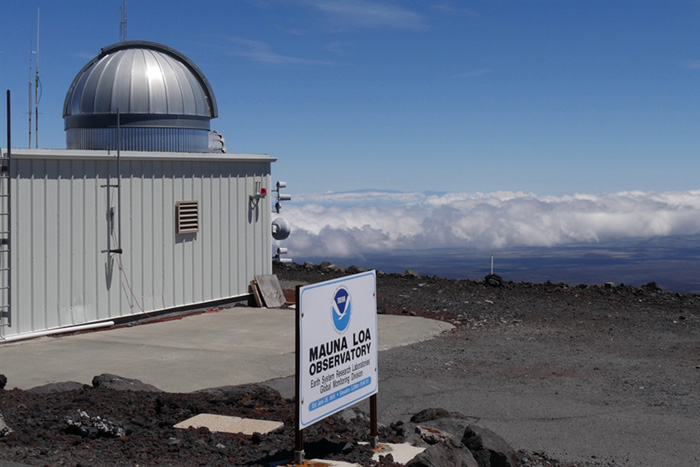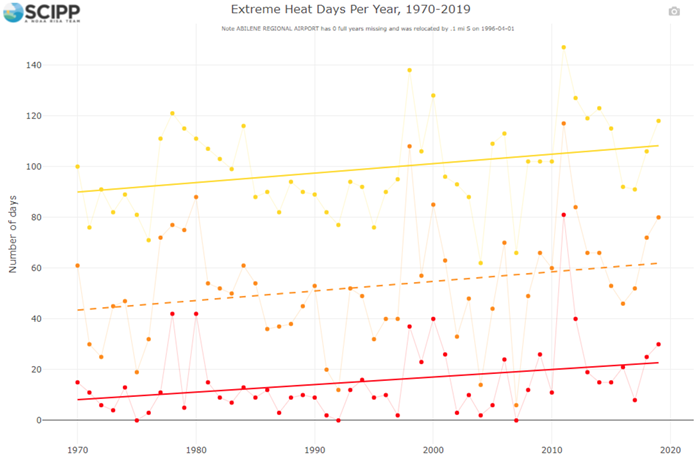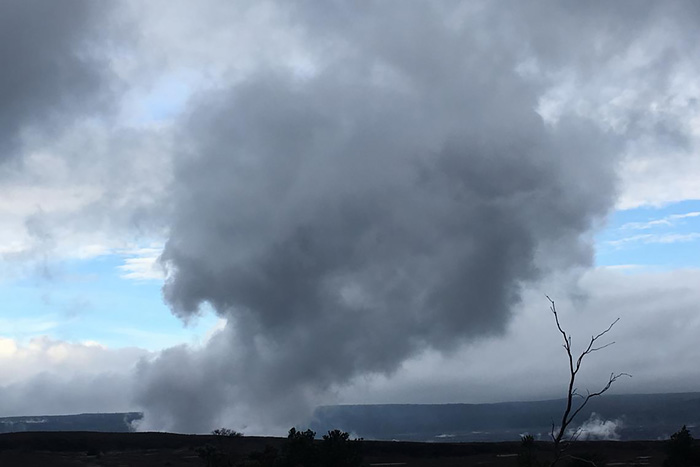
On May 24, the National Integrated Drought Information System (NIDIS) hosted a Drought Update and Wildfire Outlook Webinar for California and the Southwest. The webinar summary and recording are now available. The webinar provided stakeholders and other interested parties in the region with timely information on the current drought status and outlook, as well as the wildland fire potential outlook.

Atmospheric carbon dioxide measured at NOAA’s Mauna Loa Atmospheric Baseline Observatory peaked for 2021. In May, the monthly average reached 419 parts per million (ppm), the highest level since accurate measurements began 63 years ago.

NOAA and Boeing are teaming up to evaluate the best placement for a NOAA greenhouse gas sampling system on a commercial jet. This is a first step toward an expansion of NOAA’s global atmospheric sampling network to include commercial airliners in the U.S. and International airlines in these critical data-gathering efforts.

Drought is typically defined based on precipitation and runoff deficits, but is that the best way to identify drought conditions? A new study suggests that drought must be understood as a more complex process that involves both natural and human‐induced changes.

In May 2021, the Southern Climate Impacts Planning Program (SCIPP), a NOAA Regional Integrated Sciences and Assessments (RISA) team, in collaboration with Texas Sea Grant, released a new dashboard that shows historical trends in temperatures for locations across the state of Texas. The new dashboard offers location-specific information about changes in temperature in the last 50 years.

Extra heat trapped in the atmosphere by human-caused greenhouse gas pollution continued to exacerbate global warming in 2020, driven by historically high emission levels that were largely unaffected by the economic slowdown stemming from the pandemic, NOAA scientists reported.

Greenhouse gases and aerosol pollution emitted by human activities are responsible for increases in the frequency, intensity, and duration of droughts around the world, according to a recently published study.

A newly published study draws on a reanalysis project supported by NOAA’s Climate Program Office. Recently published in Nature Scientific Data, the study creates a new database of reconstructions for past global storm surges—one of the deadliest coastal hazards.

The dynamics that lift smoke from large wildfires into the upper atmosphere could potentially be employed one day to help temporarily cool the planet, based on the findings of a modeling study led by NOAA scientists.

A new modeling study led by NOAA researchers highlights the challenges and potential consequences of solar geoengineering actions large enough to ward off extreme warming by the end of the 21st century. The study simulates the injection of sulfur dioxide into the atmosphere to counter carbon dioxide emissions. The study finds that sulfur dioxide injections of up to 50 million metric tons per year would be needed to keep temperatures from rising.